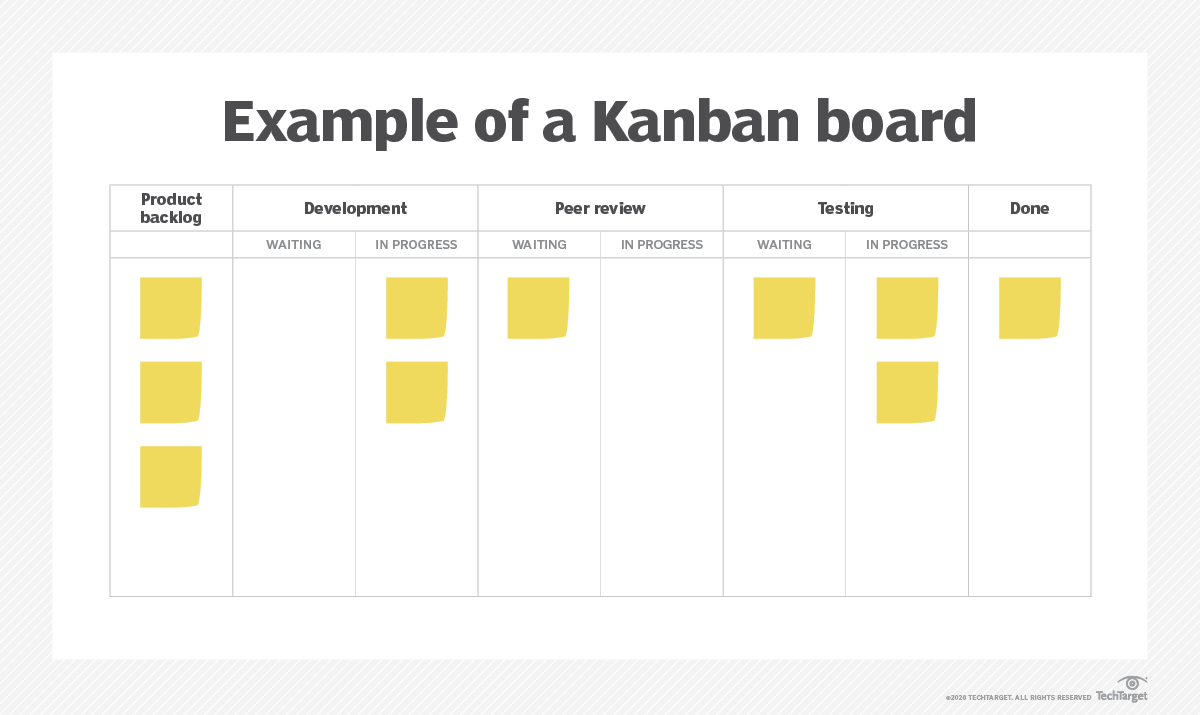10 Agile takeaways from the latest Scrum Guide
What to know about the latest Scrum Guide
Many myths and misconceptions surround Agile, Scrum and the latest Scrum Guide.
For those who are new to Scrum and want to learn more about the framework, here are 10 interesting facts that will help you better understand the Scrum fundamentals — and maybe surprise you.
- Scrum predates Agile by at least 5 years.
- Scrum is not a process, nor is it a methodology.
- The latest Scrum Guide defines only 3 roles or accountabilities.
- Scrum is not just for software development.
- Scrum and Kanban can be used together.
- The maximum size of a Scrum team is capped at 10.
- The 2020 Scrum Guide was written by two people.
- Only the product owner can cancel a sprint.
- The word Agile never appears once in the latest Scrum Guide.
- The 2020 Scrum Guide is only 13 pages long.
Scrum predates Agile
The Agile Manifesto was signed in 2001.
Ken Schwaber and Jeff Sutherland first publicly introduced Scrum to the world at an OOPSLA Conference in 1995.
Scrum predates Agile by over five years.
Scrum is not a process
Scrum describes itself as a lightweight framework.
Scrum should not be described as a process, nor should it be described as a methodology. Practitioners work hard to make this distinction, and emphasize that Scrum is not a user manual that describes every step in an end-to-end development process.
Instead, Scrum describes itself as being ‘purposefully incomplete.’ Its intent is to guide product development, not prescriptively describe it.
That’s why the framework’s defining document is called the Scrum Guide, and not the Scrum Instruction Manual.
Scrum defines 3 accountabilities
It is often said that Scrum defines three roles.
That’s technically untrue, because the latest Scrum Guide doesn’t define any roles at all. The word ‘role’ doesn’t appear even once in the guide.
Instead, the Scrum Guide uses the term accountability, and there are three roles for it:
- the Scrum Master
- the product owner
- the developers
There is no mention in the 2022 Scrum Guide of testers, project managers, business analysts or anything else. How people in these roles might participate in a Sprint or Scrum is a low-level detail that falls outside of the scope of the Scrum Guide.

One of the basics of Scrum is the three accountabilities the latest Scrum Guide defines.
Scrum is not just for software development
Scrums stated objective is to help teams and organizations “generate value through adaptive solutions for complex problems.”
The 2020 Scrum Guide provides a framework to help teams solve any type of problem. That includes domains outside of the world of software development, from engineering to construction to planning a mission to Mars.
Scrum teams are capped at 10
Scrum is intended for use by small, highly motivated teams that highly prioritize continuous delivery of software to their clients.
The size of a Scrum team is capped at 10 people, and that includes the Scrum Master and product owner.
Only two people wrote the latest Scrum Guide
The 2020 Scrum Guide has only two credited authors: Ken Schwaber and Jeff Sutherland.
These two product development pioneers are still active in the Scrum community. They both collaborated on the latest Scrum Guide update, and Ken Schwaber still participates in Scrum training sessions around the world.
Scrum and Kanban work together
Many people think that you have to choose between Scrum and Kanban, but that’s incorrect. The two actually complement each other.
Scrum.org actually has an official Kanban Guide for Scrum Teams, developed by leaders in the Scrum and Kanban community.
When you combine Scrum events and accountabilities with Kanban’s visual work-in-progress system, the result is a very powerful software development strategy.

Kanban combined with basic Scrum principles creates a very powerful software development combination.
Only the product owner can cancel a sprint
Some think the Scrum Guide ascribes a great deal of power to the Scrum Master, but that’s simply not the case. The Scrum Master is largely a coach and facilitator.
Neither the developers nor the Scrum Master can cancel a Sprint, no matter how badly things go.
Only the product owner can cancel a sprint.
The word ‘Agile’ never appears in the 2020 Scrum Guide
Many consider Scrum to be an Agile methodology. One would think the latest Scrum Guide would make some type of reference to the Agile Manifesto or the four Agile values, but it doesn’t.
The Scrum values are certainly in line with the 12 Agile principles, and people who do Scrum always embrace an Agile mindset.
But there is no explicit connection between Agile and Scrum stated anywhere in the 2022 Scrum Guide. The word ‘Agile’ doesn’t even appear in it once.
The latest Scrum Guide is short
The 2022 Scrum Guide is only 13 pages long, and contains less than 5,000 words. That includes the cover page, table of contents and the copyright pages.
To put the length of the Scrum Guide into perspective, this brief review of Scrum fundamentals has over 700 words.
You could easily read the latest Scrum Guide from cover to cover in your lunch hour, and still have time to read a TechTarget article or two.
And you really should read it. It will greatly improve your understanding of the fundamentals of the Scrum framework.
Darcy DeClute is a Certified Cloud Practitioner and author of the Scrum Master Certification Guide. Popular both on Udemy and social media, Darcy’s @Scrumtuous account has well over 250K followers on Twitter/X.
| Jira, Scrum & AI Certification |
|---|
| Want to get certified on the most popular software development technologies of the day? These resources will help you get Jira certified, Scrum certified and even AI Practitioner certified so your resume really stands out..
You can even get certified in the latest AI, ML and DevOps technologies. Advance your career today. |



